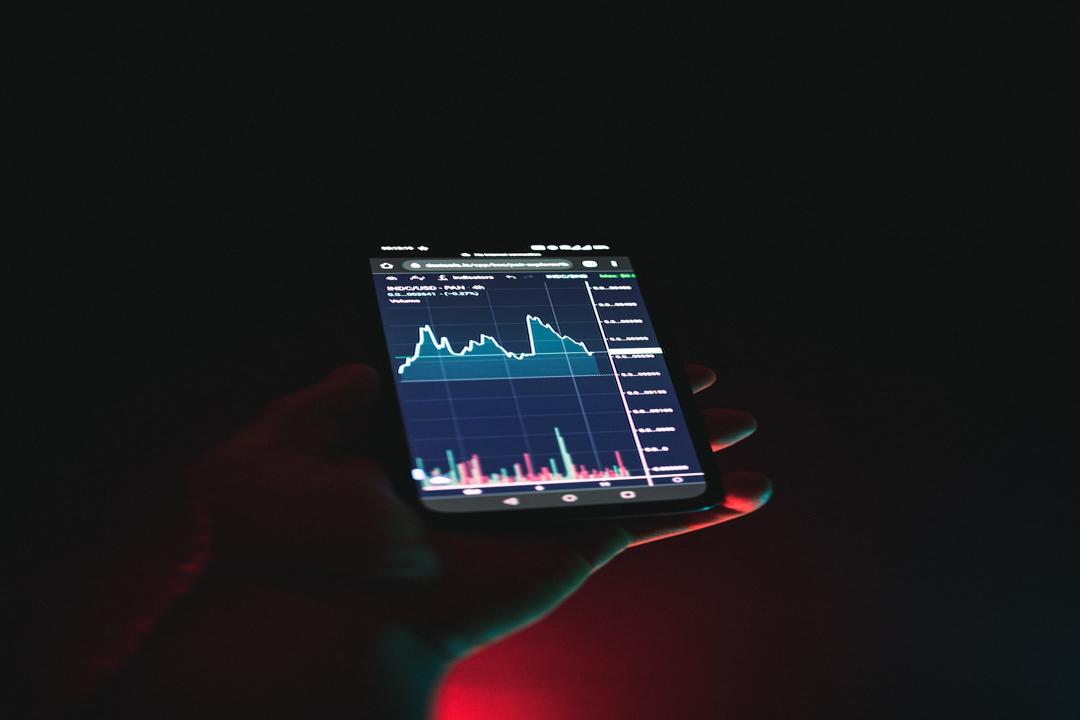Uncovering False Liquidity in Bitcoin (BTC) and Cryptocurrencies
In the world of trading, it is crucial to be able to identify and avoid fake liquidity in Bitcoin (BTC) and other cryptocurrencies. These instances of false liquidity can lead to unexpected results, making it difficult for traders to execute stop losses and leaving them vulnerable to sudden drops in low-volume trading. By understanding the dynamics of market makers, order book mechanics, and utilizing specific indicators that can detect artificial volume, traders can spot potential red flags and steer clear of unwanted consequences.
Market makers play a significant role in the crypto markets by providing liquidity through various buy and sell orders. However, their activities are not always beneficial. Some market makers engage in manipulative practices such as spoofing, where they place large orders near current prices to create a false appearance of demand or supply. They may also partake in wash trading, which involves simultaneously selling and buying the same assets to inflate volume figures.
Furthermore, these entities often enjoy certain advantages, such as reduced trading fees or access to tokens that are not available to the general public. This enables them to manipulate market conditions to their advantage. Regardless of their deceitful tactics, there are three reliable indicators that can serve as warning signs, allowing experienced traders to detect anomalies and avoid investing in tokens that are likely to crash as soon as a substantial sell order enters the market.
One crucial factor to consider is the relationship between traded volume, order book depth, and free market capitalization. When examining a crypto pair, it is important to compare the depth of the order book with the reported daily trading volume. If there is a significant disparity between the two, where the order book depth is shallow but the trading volume is high, it may indicate possible manipulation. For example, if a crypto pair shows a depth of $50,000 at a 5% level but reports a daily volume of $2 million, it suggests that the volume is artificially inflated rather than being supported by genuine trading interest.
It is also essential to assess trading volumes in relation to the free market capitalization of the token. When daily volumes consistently exceed 30% of the token’s free market cap, it signifies unusual activity. However, this alert should be disregarded in the first two trading days after a new listing, as it often reflects hype and genuine interest, especially when the token is listed for the first time on major exchanges.
Traders should also be wary of sudden gaps and inconsistencies in trading volumes. These gaps, where a significant portion of a cryptocurrency’s volume disappears and reappears intermittently, can be caused by various factors, including server downtime, market makers withdrawing their liquidity, or exchanges engaging in wash trading to create the illusion of activity. Such patterns are unnatural and usually indicate attempts to manipulate market perceptions.
To effectively identify fake liquidity, traders can utilize analytical tools to scrutinize order book depth. Websites like CoinMarketCap, CryptoCompare, and Coingecko provide comprehensive data on trading volumes and token availability, including information on locked tokens. Additionally, order book depth analysis can be found on platforms such as Okotoki, TensorCharts, and TRDR.
It is important to note that this article is for general information purposes only and should not be taken as legal or investment advice. The views and opinions expressed here are solely those of the author and do not necessarily reflect the views and opinions of Cointelegraph.

